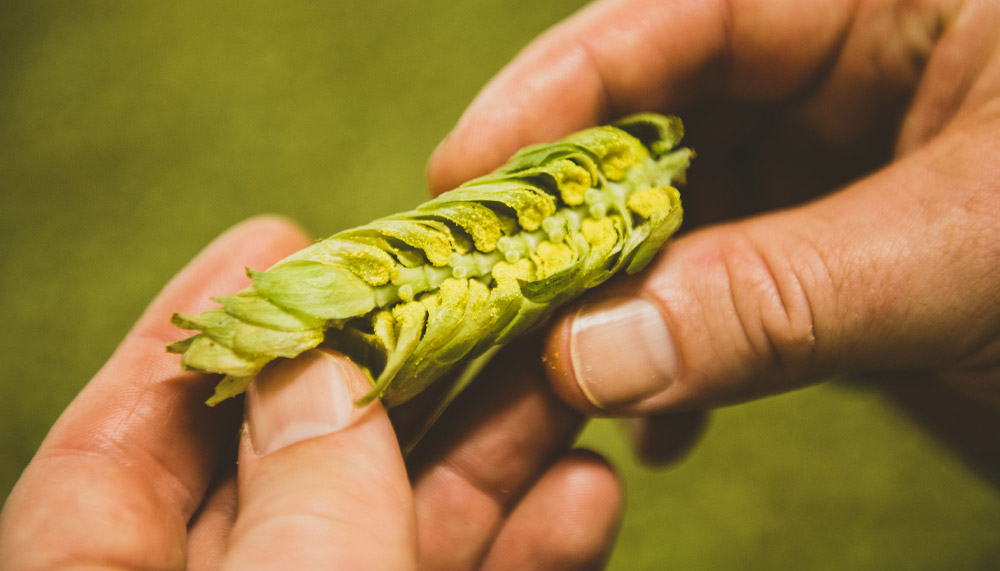Farmers are responding to the popularity of craft beers by increasingly growing a key ingredient.
Story John Dunn Photo Stu Gibson
A series of biblical texts engraved on plaques adorn the white-painted walls of an octagonal-shaped 19th-century building. Standing on the shores of a salmon pond in the tiny Tasmanian village of Bushy Park, 53km west of Hobart, the building is an oast house, or drying kiln, constructed some 170 years ago by hop grower Ebenezer Shoobridge, whose family migrated from England in 1822 to grow hops as they had done successfully in Kent. Through the century and a half since, the Text Kiln, as it is known, has become a symbol of an industry which, while still operating in Tasmania, has spread across Bass Strait to Victoria and is now producing a substantial volume of hops around Eurobin, in the foothills of Mount Buffalo National Park.
Shoobridge was a devout Quaker and believed the words he took from the Bible and engraved in plain view on the outside of the kiln would inspire his workers as they toiled in the rich alluvial soil of the Derwent Valley. “God is love,” says one. “Union is strength,” reads another, and a third declares, “These words that command thee this day shall be in thine heart and thou shalt write them on the posts of thy home and on thy gate”.
It’s hard to visualise that such exhortations would spur on hardworking hop farmers, but they don’t appear to have done any harm because the industry Shoobridge began has grown and prospered and is now Hop Products Australia (HPA).
“It controls almost 90% of the national production of the vine-growing, cone-shaped flowers filled with acids and essential oils that brewers worship for their impact in beer,” managing director Tim Lord says. “Our hops serve not only the needs of Australian brewers but also the requirements of many others around the world.”
This story excerpt is from Issue #133
Outback Magazine: Oct/Nov 2020









